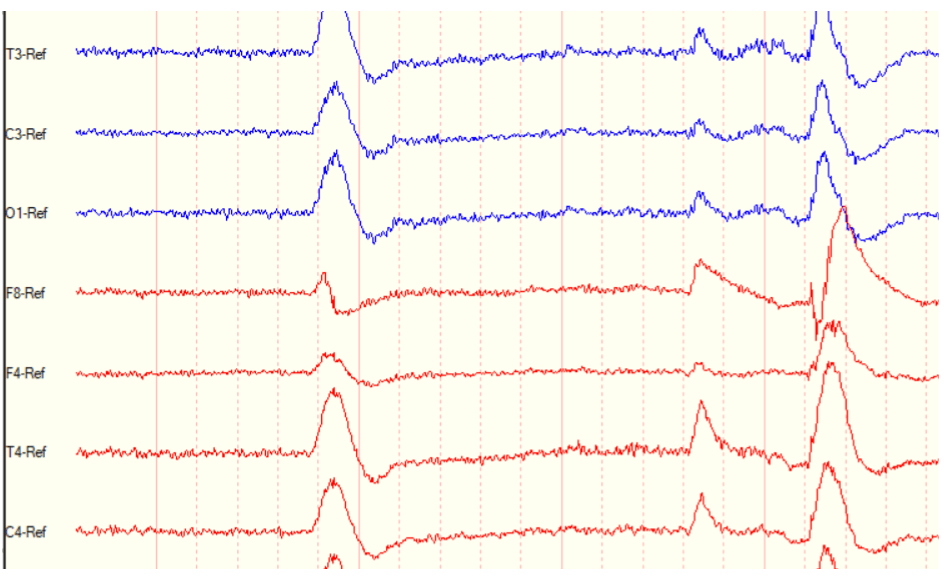
Study Title: Are These Seizures in Dogs?
Study Investigators: Dr Fiona James
Generously Supported by: OVC Pet Trust and NSERC
A seizure is caused by a temporary, involuntary disturbance in the electrical activity of the brain. Symptoms of a seizure may include loss of consciousness, muscle twitching, and/or convulsions.
The term, Epilepsy, describes repeat episodes of seizures.
Using electroencephalography (EEG), we can confirm if and when seizure activity is happening and classify different types of seizures. This technique is the gold standard to diagnose seizures in human medicine, but not often used for pets.
Haidee’s episodes (spinning, fly biting and head bobbing) were happening multiple times a day. Her family enrolled her in this study because…
“We really want to find out if these episodes are seizures. Without knowing for sure, we can’t explore treatment. We are hopeful for some answers as these episodes affect Haidee, our other dog, and our family!”

Small wire electrodes that can sense the flow of electricity within biological tissues are placed under the skin of the head. This is a minimally invasive and painless procedure, often completed while the dog is awake.
Once in place, the equipment is taped down and the recorder placed in a fashionable little vest.
For this study, the team records 2-5 hours of EEG with video. This combination helps to match seizure brain activity with any associated movements (twitching, fly biting, etc).
Some dogs, like Haidee, even fall asleep during the recording!

The data is analyzed by Dr James’ research team and a report is provided to you and your veterinarian (2-4 weeks). Since Haidee’s EEG recording did not show any seizure activity, the team concluded that her episodes are most likely behavioural. With care from the OVC Neurology and Smith Lane teams, her family has been able to reduce her episodes through modifications to her daily routine!

Thank you, Haidee, for helping us advance companion animal health through more accurate seizure diagnosis.



